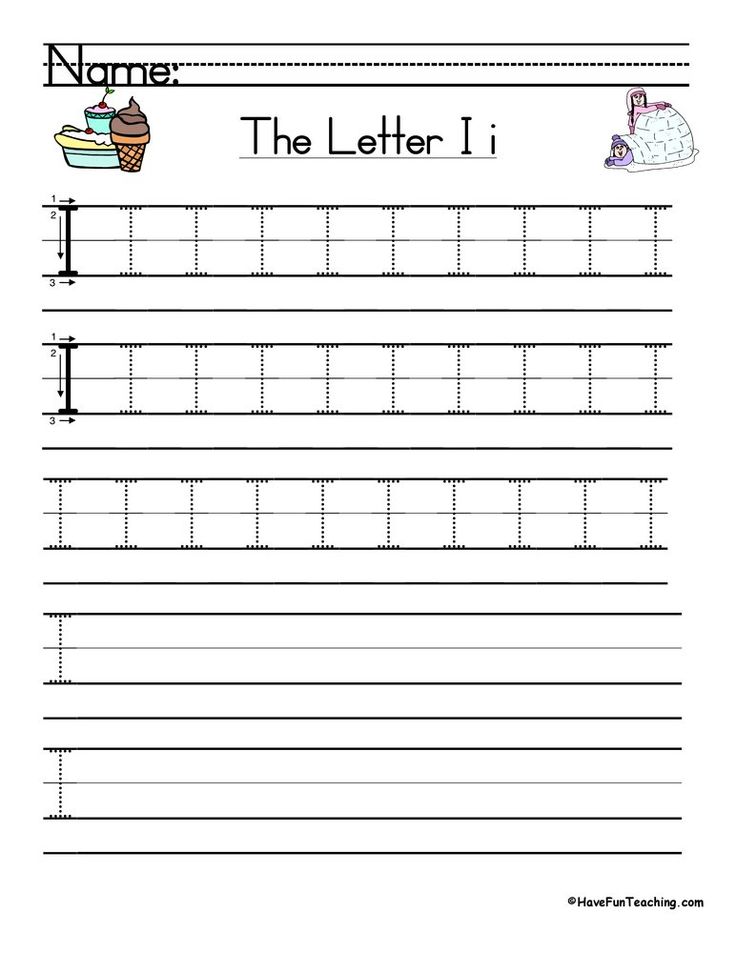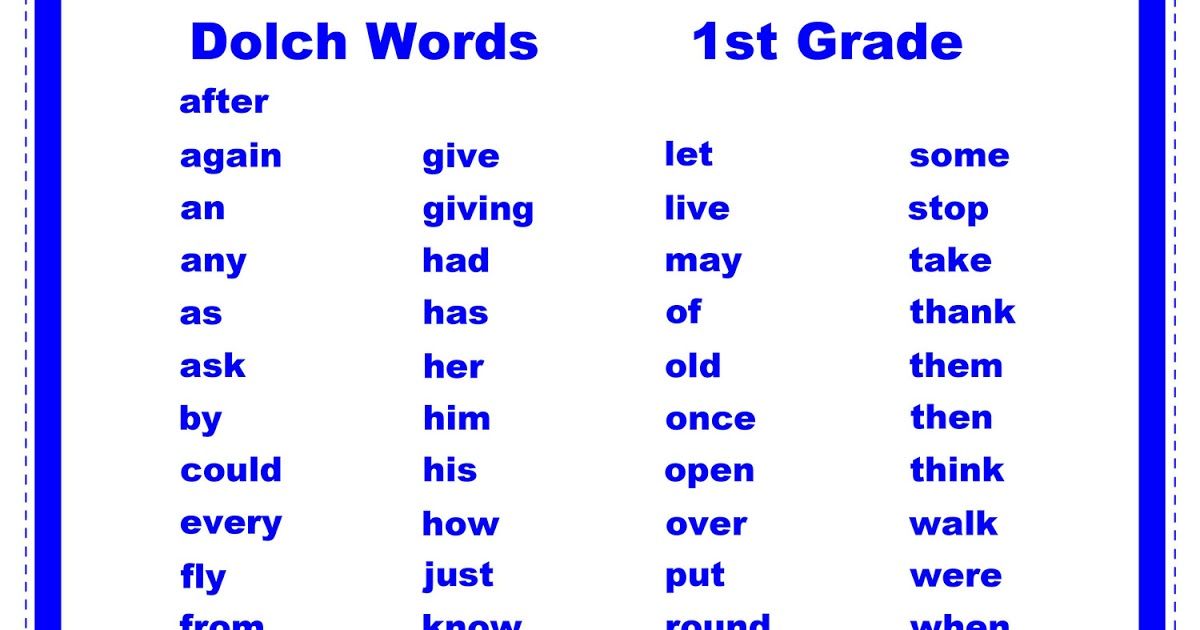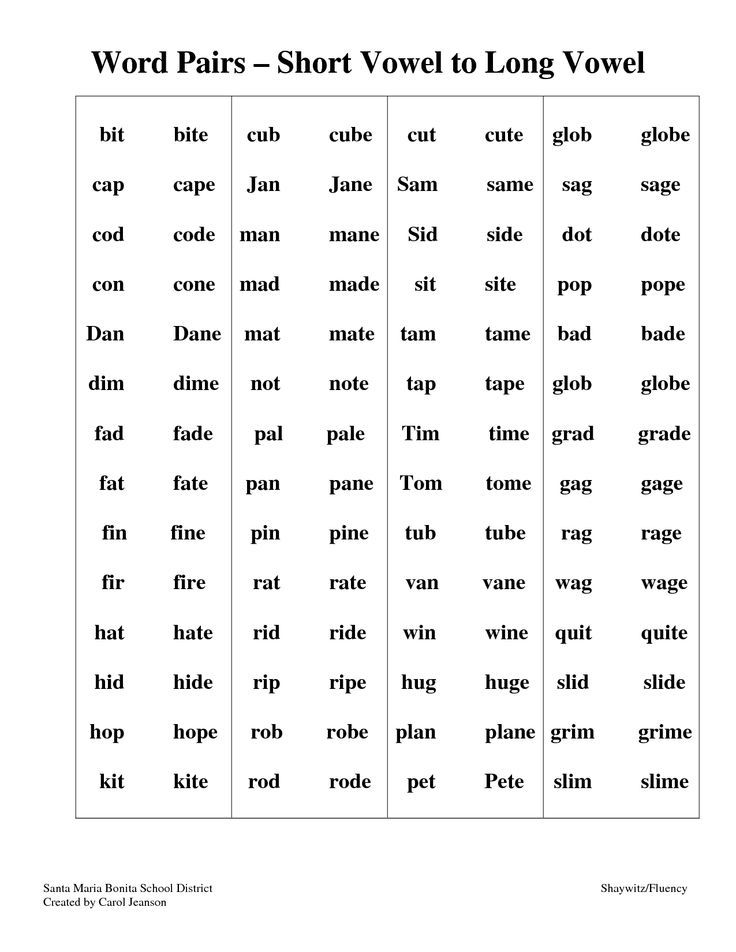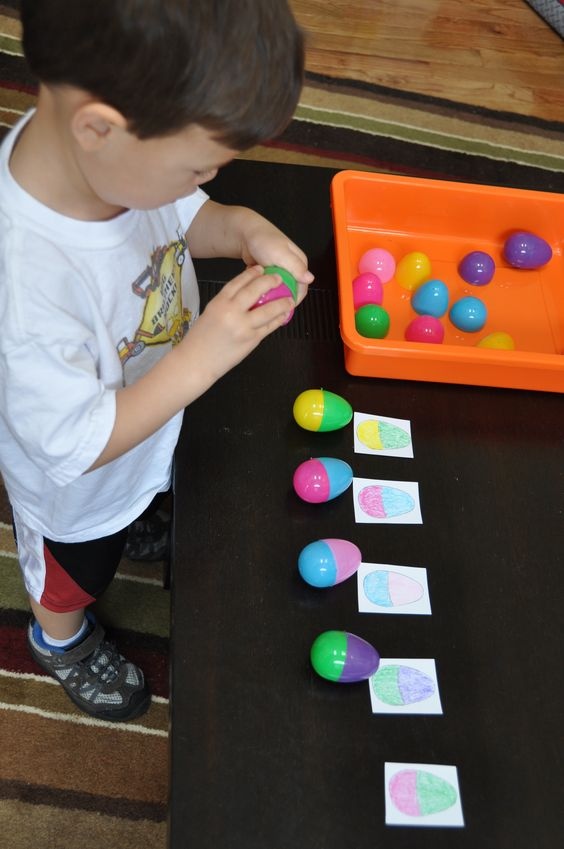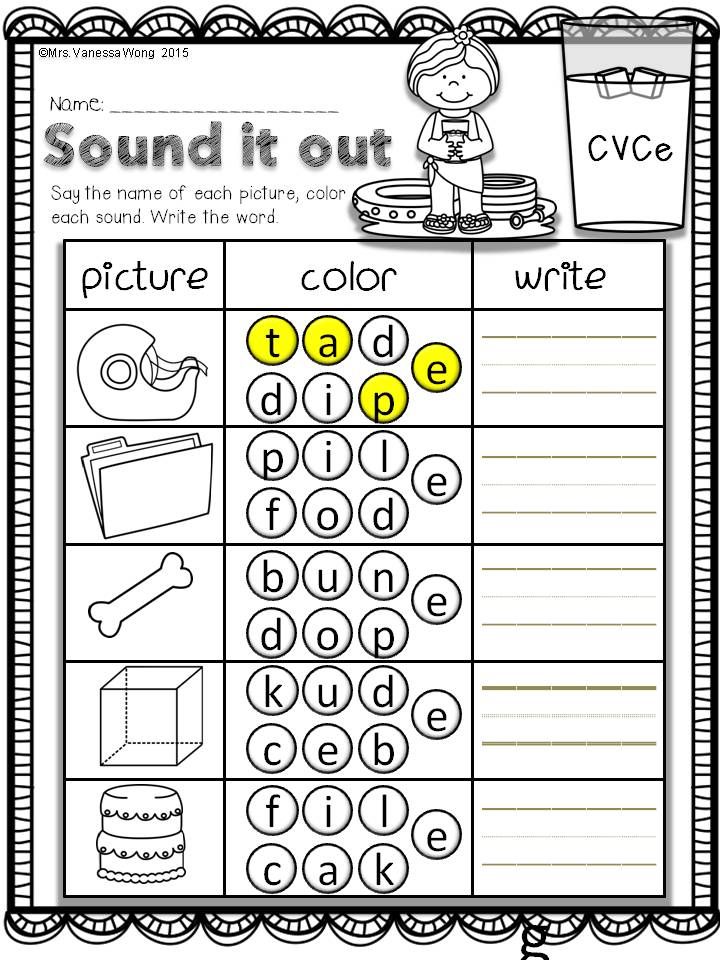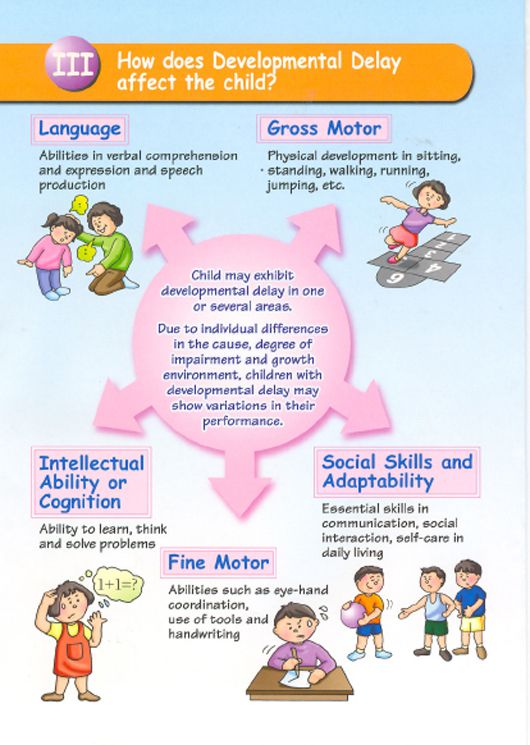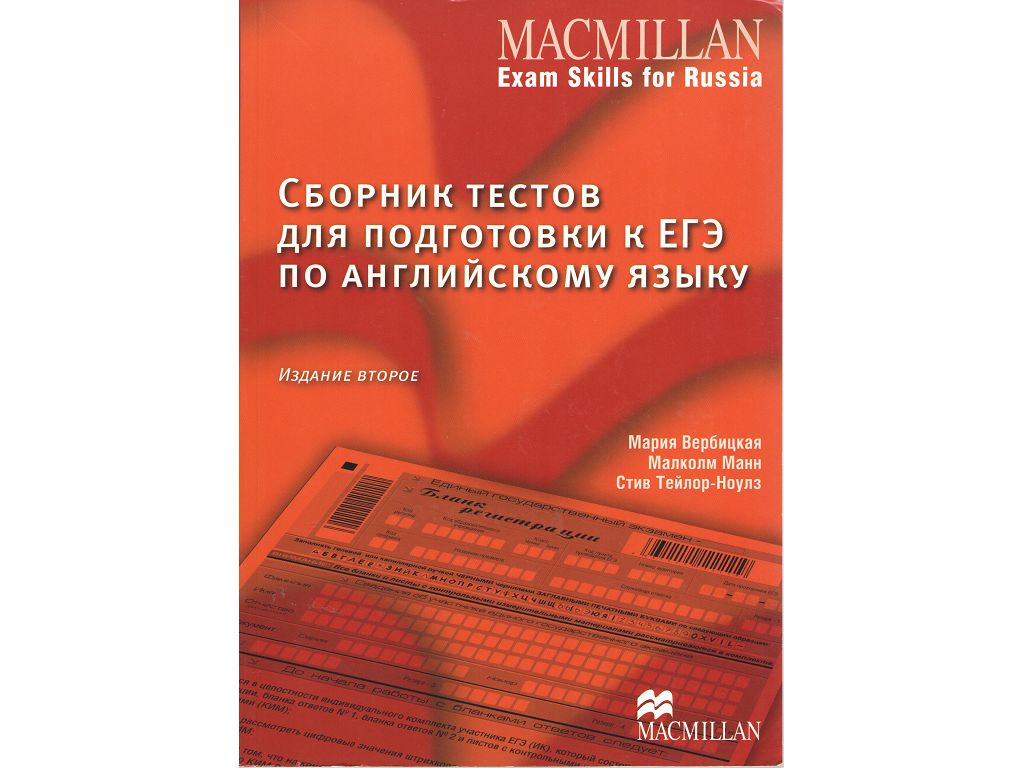How to teach preschoolers phonics
How To Teach Phonics At Home with Montessori
3-5 years old learning to read with phonics montessori reading program pre-reading activities
How can I teach phonics at home with my preschooler?Although phonics is the evidence-based approach to teaching reading, there’s still a gap between reading instruction in schools and the science of reading.
This is why you need to think twice about HOW your child will learn to read, especially if your local school is teaching the outdated “whole language” approach that’s based on a theory of reading that’s been debunked by cognitive scientists.
With just a few minutes a day, you can set up your preschooler for success with learning to read by teaching phonics at home.
My gentle, child-led approach focuses on indirect preparation.
Even though I talk about "teaching your child to read", it's really about providing opportunities for children to teach themselves. I don't believe in putting pressure on 3 or 4 year old children to start reading before they are developmentally ready!
Keep reading to learn the 4 steps in the learning sequence to teaching phonics at home using hands-on Montessori activities.
It’s important to understand the steps from pre-reading to early reading. That way you you’ll be able decide quickly whether or not your child is ready for a specific activity that you find on Pinterest.
What does phonics mean?Before we get into HOW to teach phonics, let’s start with a definition of phonics. You may have heard the term “phonics” before without really knowing what it is.
So, what exactly does “phonics” mean?
Phonics is the method of teaching reading and writing through explicit instruction of the code between speech sounds and written symbols.
The alphabet letters in English are written symbols that represent speech sounds. We can communicate through writing because we’ve all agreed that a certain letter or combination of letters represents a single sound in our spoken language.
Individual speech sounds are called phonemes and the written symbols that represent those sounds are called phonograms.
A phonogram can be a single letter or a combination of letters. For example, when we say the word “cat” and then write it on paper, the speech sound /c/ is represented by the letter “c”, the speech sound /a/ is represented by the letter “a” and the speech sound /t/ is represented by the letter “t”. It’s easy to read the word “cat” when you know the sound that each letter represents!
Learning to read and write in English is a bit more complicated than other languages because there are more than just the phonemes that correspond to the 26 alphabet letters.
There are about 44 unique speech sounds in the English language, and some of them have multiple spellings! For example, the long a vowel sound can be spelled as a (acorn) and also ai (train), a_e (cake), ay (play), ei (vein), eigh (eight) and ea (break).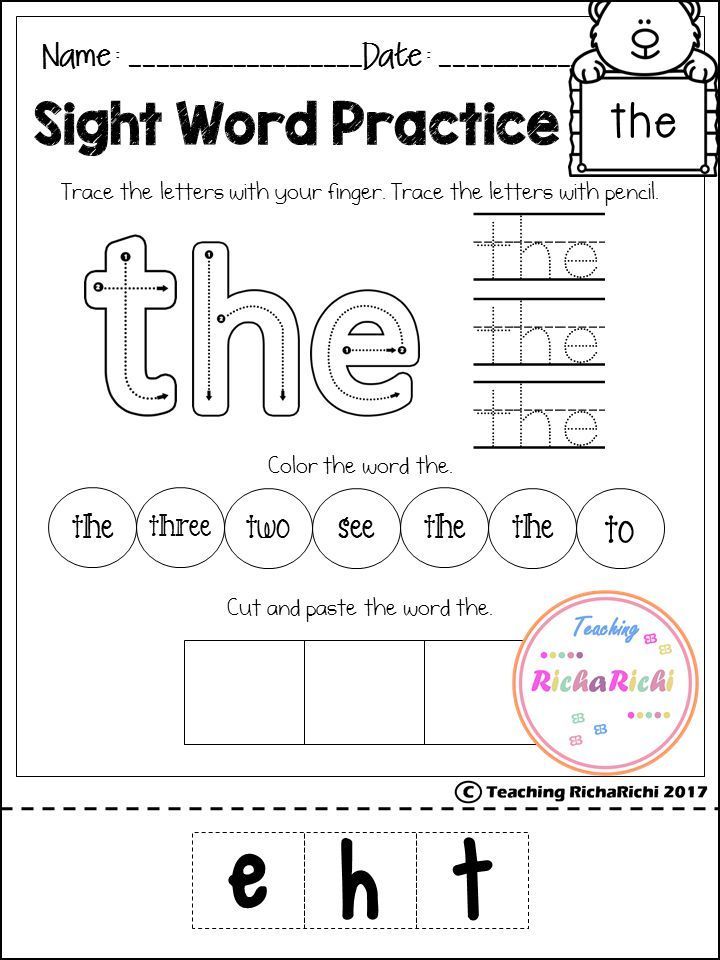
To have a solid foundation for reading, your child needs to learn about 70 phonograms. Of course, we don’t overwhelm children by teaching all 70 phonograms at the same time!
We want to first start with basic phonics. This means that you’ll first focus your sound-letter association activities on teaching the alphabet letters that represent the short vowel sounds and hard consonant sounds.
Then you’ll layer on the other common phonograms such as ai, sh, ee, ch, ou, etc to cover advanced phonics. Over time, you’ll draw attention to the various spellings of the 44 unique speech sounds.
Why phonics is important.It’s important for your preschooler or kindergartener to learn phonics for two main reasons.
- Your child will know which letters to use when writing words.
- Your child will be able to decode words never seen before.
In fact, a good way to assess your child’s knowledge of phonics is to invite him or her to write or read nonsense words such as gax, baj, steck, vaith and strone.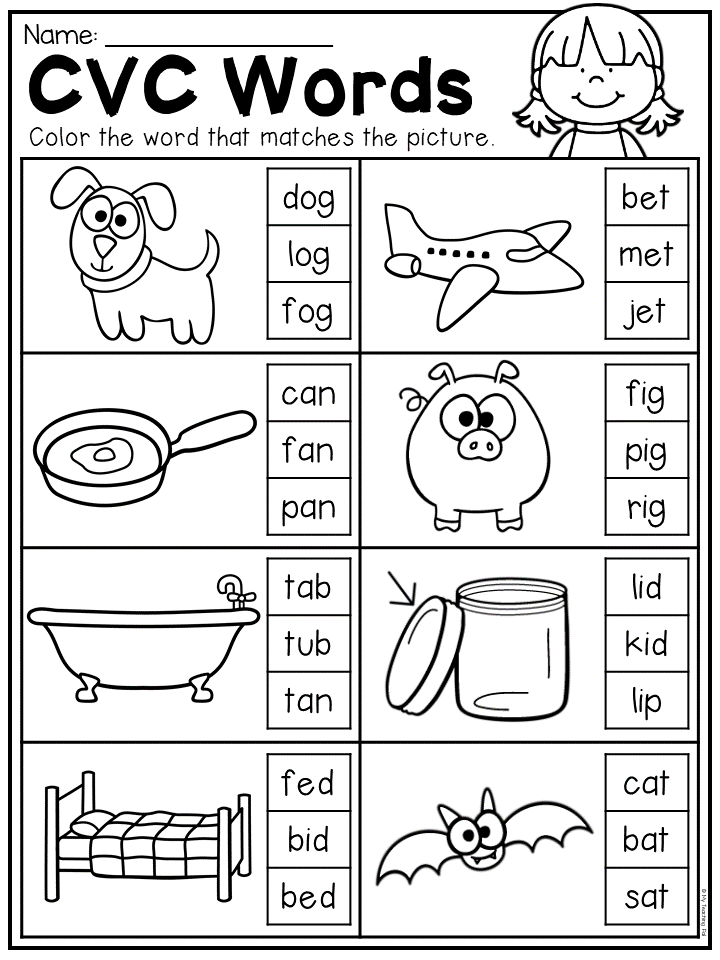
A huge advantage of teaching phonics is that your child won’t need to memorize long lists of words!
This is because most words you’ll find on high-frequency word lists or sight words lists can actually be sounded out easily by children who have knowledge of the phonetic code.
Children who learn phonics also don’t need to guess at words by looking at the picture or the first sound of the word, and they don't need to skip any words in a sentence. These are the strategies of struggling readers who don’t have a solid foundation in phonics.
Teaching phonics step by step with your preschooler.Here’s the step-by-step overview of the learning sequence for teaching phonics at home with your preschooler that I teach inside The Playful Path to Reading™.
You can sign up to watch my FREE CLASS that walks you through this 4-step method to teach reading at home. You'll learn the 3 biggest mistakes to avoid and you'll pinpoint where your child is at in the learning sequence.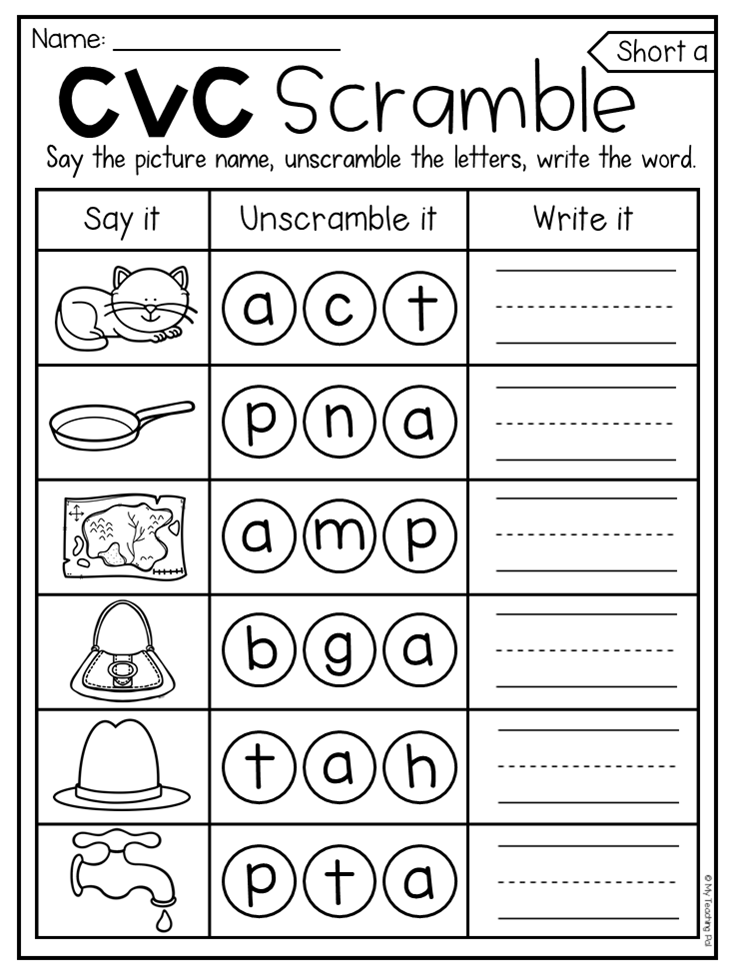
The first three steps develop pre-reading skills. These activities offer indirect preparation for reading. We’ll use language objects, sandpaper letters and a moveable alphabet to develop all the skills needed to learn phonics — without any worksheets or crafts!
STEP 1: Develop Phonemic Awareness
The first step to teaching phonics is to play "sound games" when your child is around 3 years old to help your preschooler develop phonemic awareness.
Phonemic awareness activities involve NO letter symbols!
The focus is just on drawing attention to the individual speech sounds (phonemes) in spoken words. That will prepare your child to understand that letters are symbols that represent speech sounds.
It's important not to skip this step because phonemic awareness is the best predictor of how well children learn to read.
"Without phonemic awareness, phonics is harder to learn.In other words, phonemic awareness is something that should be taught before phonics — or at least early in the phonics sequence — so children receive maximum benefit from their phonics instruction.
” (2005 National Reading Panel Report)
STEP 2: Associate Speech Sounds and Letter Symbols
The second step to teaching phonics is to help your child connect the speech sounds in spoken words with the letter symbols of our written language.
At this point, your preschooler will already be able to identify at least the beginning sounds of spoken words.
Having already developed some phonemic awareness, the letter symbols will have meaning for your child. Your preschooler will be able to draw on that knowledge to make sense of letter symbols.
Sound-letter association games using Montessori sandpaper letters develop visual, muscular and auditory memory to learn basic and advanced phonics.
STEP 3: Use Phonics Knowledge to Build Words
The third step to teaching phonics is to show your child how to put speech sounds (represented by letter symbols) in a row to make words using a Montessori moveable alphabet.
This "writing before reading" step allows children to use their existing phonics knowledge to communicate ideas through print without any pressure to read what they have written.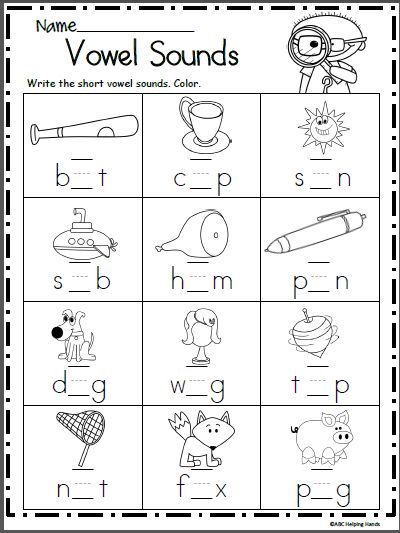
Often children are ready to build words before the pencil grip has developed, so we’ll use a Montessori moveable alphabet instead of pencil and paper.
Your child can just focus on finding the Montessori moveable alphabet letters needed without worrying about having to write any letters with a pencil. This takes the pressure off!
STEP 4: Use Phonics Knowledge to Decode Words
Most children will discover their ability to read through the process of building words! Your child is now ready to develop decoding skills through practice reading words, phrases and then sentences.
Once your child has begun reading words using phonics knowledge, you can encourage your child to memorize some sight words to boost reading fluency and then introduce decodable readers that require knowledge of basic and advanced phonics.
Quick Summary: How to Teach Phonics at HomePhonics is the method of teaching reading and writing through explicit instruction of the code between speech sounds and written symbols.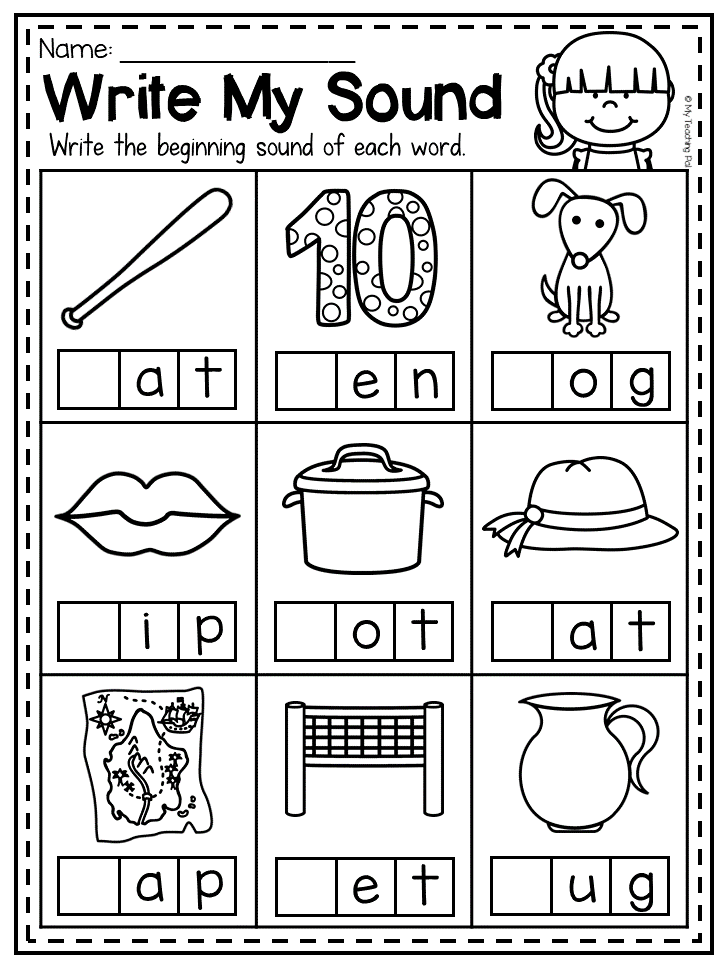 Research supports using phonics over the whole language approach.
Research supports using phonics over the whole language approach.
There are 4 steps in the learning sequence from pre-reading to early reading using hands-on Montessori activities.
- Develop phonemic awareness.
- Associate speech sounds and letter symbols using Montessori sandpaper letters to learn the phonetic code.
- Use existing phonics knowledge to build words using a Montessori moveable alphabet.
- Practice reading words, phrases and then sentences.
It’s important to understand the big picture so that you’ll be able to decide very quickly whether or not your child is ready for an activity that you find on Pinterest. That way you can be reassured that you're not putting any pressure on your child to learn to read before he or she is developmentally ready.
How To Teach Phonics To Preschoolers in 3 Simple Steps
10 shares
- Share
- Tweet
If you have a preschooler in your life, you’ve probably found yourself googling, “How can I teach my preschooler to read?” more than once.
Maybe you’ve even seen terms like “phonics” or “decoding” show up in the search results. Or maybe you’ve caught yourself scrolling Pinterest for hours looking for tips to teach your preschooler letters and sounds.
Teaching kids to read is a common concern for both parents and teachers, and rightfully so! Raising a strong reader is one of the most important things we can do for our little ones.
Although we want a fast, easy answer, teaching a child how to read is very complex. It takes years of systematic, explicit instruction before our kids become fluent readers who comprehend what they’re reading.
The good news is that we can lay the foundation while they’re still young to give them the best possible chance to be strong readers in the future!
In order to do that, let’s start with some basic literacy definitions that are important to understand. Then you’ll be on the right track for learning how to teach phonics to your preschooler.
Phonics vs. Decoding
DecodingPhonics and decoding are both essential parts of teaching a child to read. If you’re not too familiar with these common terms of early literacy, here is a brief review:
Phonics is a method of teaching reading by correlating sounds with letters or groups of letters in an alphabetic writing system. So, hearing a sound and knowing what letter made it.
Decoding is the ability to apply knowledge of letter-sound relationships to correctly pronounce written words. So, seeing a letter and knowing what sound it makes.
Phonics and decoding go hand-in-hand.
Let’s take the word BUS as an example.
When we teach our preschooler there’s a /b/ sound at the beginning of “bus,” and then we help them connect the /b/ sound with the letter b, we are teaching them phonics.
When they can look at the letters “b” “u” “s” and blend the sounds together /b/ /u/ /s/ to read the word “bus,” they are decoding.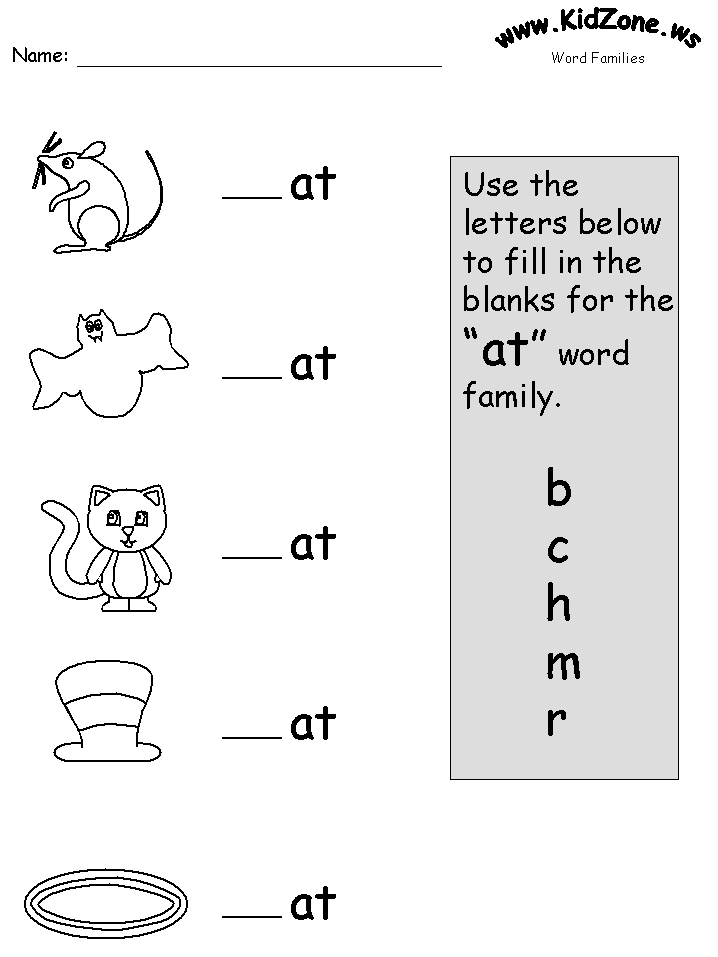
Our preschoolers need to master the sounds of printed letters so that they can use that knowledge to decode words. Letter sounds are the building blocks of reading.
Related Post: 14 Simple Activities to Teach Preschoolers the Alphabet
How to Teach Phonics to a Preschooler
If your preschooler is ready to begin the process of learning to read, here are 3 steps you can follow to help set them up for success with phonics and decoding:
STEP 1: Start with Sounds (Phonemic Awareness)Let’s take one step back…
Before we ever introduce printed letters to our kids, we want them to know that English is a language of speech sounds. There are 44 speech sounds (phonemes) in the English language that are represented by 26 letters.
If you’re not sure what the 44 sounds are, click here for an easy-to-read chart.
When we speak, we put those speech sounds together to make words. To represent those words on paper, we pair them with letters.
To represent those words on paper, we pair them with letters.
When it comes to reading, we want our kids to first understand speech sounds before they ever get to the printed letters that represent those sounds.
Tuning into the sounds of English (phonemes) helps our preschoolers develop phonemic awareness.
Phonemic Awareness refers to the specific ability to identify and manipulate the 44 phonemes in spoken words.
Phonemic awareness is one of the best predictors of how well our kids will learn to read during the first two years of school.
Ideas to practice phonemic awareness (you don’t need any supplies for these games):
- Slow-Fast: Say a word slowly, and then have your preschooler say it fast.
- You say /c/ /a/ /t/ slowly and they say “cat.”
- You say /s/ /i/ /p/ slowly and they say “sip.”
- Isolate the Sound: Have them tell you the beginning, ending, or middle sound of a word (not the letters, just the sounds).
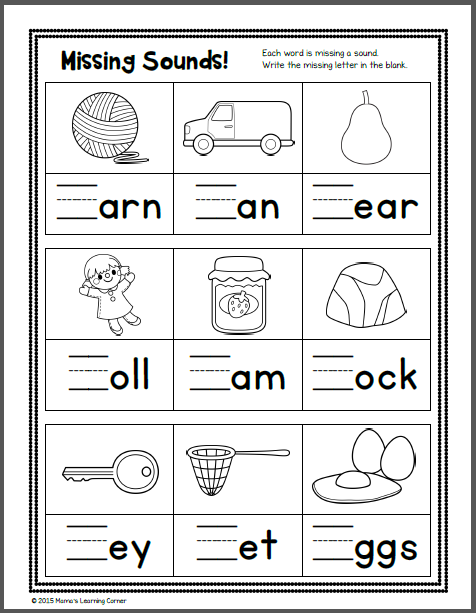
- “What’s the first sound in the word caterpillar?” /k/
- “What’s the last sound in the word cheese?” /z/
- “What’s the middle sound in the word pop?” /o/
- Change the Beginning Sound: Say a word but change the beginning sound to make it silly.
- “Would you like a baffle?” (instead of waffle)
- See if they can guess the word it was supposed to be.
- Count the Sounds: Give them a word, and have them count the sounds (not the letters, just the sounds).
- “How many sounds in the word apple?” /a/ /p/ /l/ = 3 sounds
- “How many sounds in the word wish?” /w/ /i/ /sh/ = 3 sounds
- Same or Different: Determine if words have the same beginning sound or not.
- “Do “duck” and “dog” start with the same sound?” Yes
- “Do “fish” and “box” start with the same sound?” No
If you want to get the most bang for your buck when it comes to teaching your preschooler to read, THIS is the area to spend the majority of your time!
Related Post: Letter T Printables
STEP 2: Introduce Printed Letters (Phonics)Now it’s time to teach your preschooler phonics. You’ll want to start by introducing your little one to the 26 letters of the alphabet.
You’ll want to start by introducing your little one to the 26 letters of the alphabet.
Since you started with Step 1 and focused on sounds, Step 2 will be a lot easier because they’ll be linking something new (printed letters on paper) with something they already know (speech sounds).
If we try to link something new (printed letters on paper) with something they don’t know (speech sounds), they’re going to be lost and struggle to remember these concepts.
A few DOs and DON’Ts when introducing printed letters to your preschooler:
- DO teach the uppercase and lowercase letters at the same time.
- Uppercase letters will be easier for them to write.
- Lowercase letters will be what they see most often in books.
- They need to know both.
Related Post: Fishing for Letters Sensory Activity
- DON’T do Letter of the Week.
- This is an outdated practice that doesn’t help with retention of the alphabet.
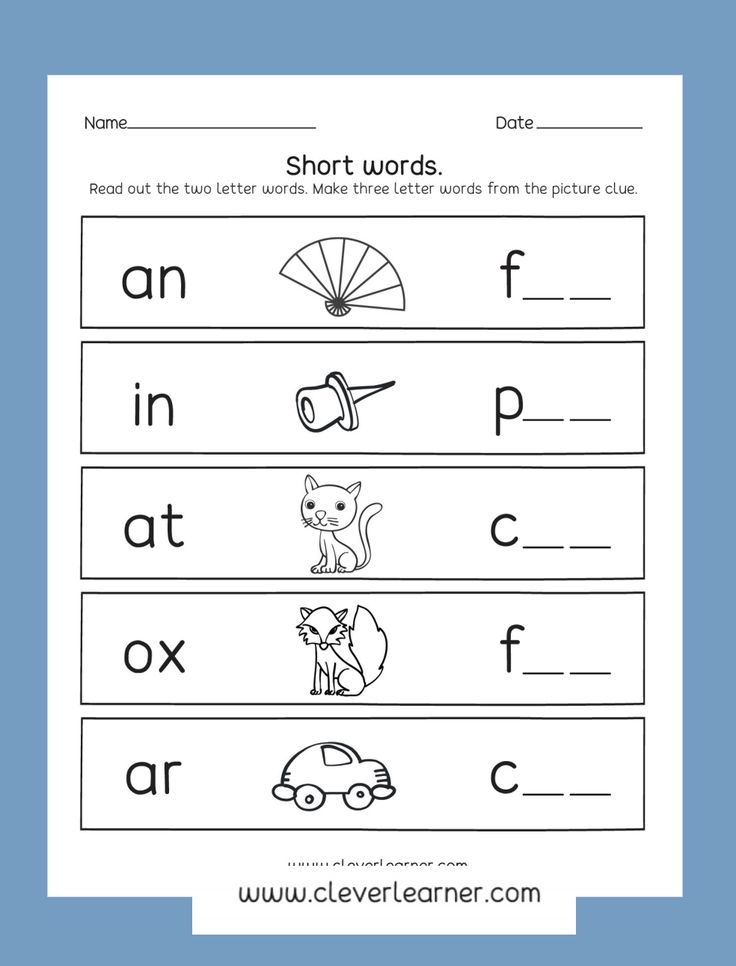
- Stick with 3-5 letters at a time to work on as a group. See the reasons in this book here.
- This is an outdated practice that doesn’t help with retention of the alphabet.
- DO Stick with the most common sound of each letter. A few to look out for when choosing alphabet cards and books:
- C is for the beginning sound in caterpillar, not city
- G is for the beginning sound in gorilla, not giraffe
- X is for the last sound in fox, not the beginning sound in xylophone or x-ray
- Don’t choose words with digraphs
- S is NOT the first sound in shell
- C is NOT the first sound in chat
- DON’T teach letters in ABC order.
- There are many different orders you can teach letters in. Here’s one example that’s very effective as these are grouped by common letters used most often in the English language. I like to group letters together and work on one group at a time:
- s, a, t, i, p, n
- c, k, e, h, r
- m, d, g, o
- l, f, b, q, u
- j, z, w
- v, y, x
- Then I introduce the digraphs sh, ch, th, and wh.
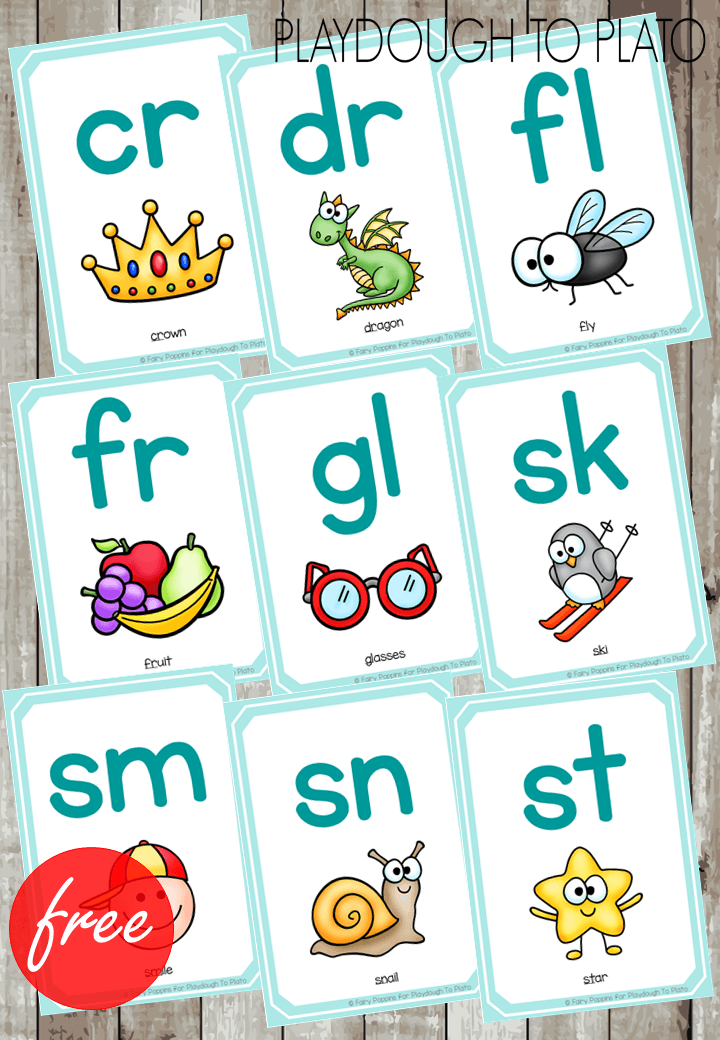
- There are many different orders you can teach letters in. Here’s one example that’s very effective as these are grouped by common letters used most often in the English language. I like to group letters together and work on one group at a time:
Related Post: Letter O Printables
- DO Stick with short vowels.
- Vowels make both long and short sounds, but when teaching preschoolers, it’s important to stick with the short vowel sounds.
- A = apple (not acorn)
- E = Ed (not eat)
- I = itch (not ice cream)
- O = octopus (not open)
- U = umbrella (not unicorn)
- You’ll also want to look out for any vowels that have the letter R after them, as this will change the sound.
- Don’t use “orange” for short vowel o. The letters “o” and “r” at the beginning of the word say “or” together.
- Vowels make both long and short sounds, but when teaching preschoolers, it’s important to stick with the short vowel sounds.
- DON’T teach all of the letters before going to Step 3.
- If you follow the order I suggested, you can actually go to Step 3 sooner!
- DO use LOTS of multisensory techniques when working with letters.
- Make sure to incorporate LOTS of hands-on play and movement.
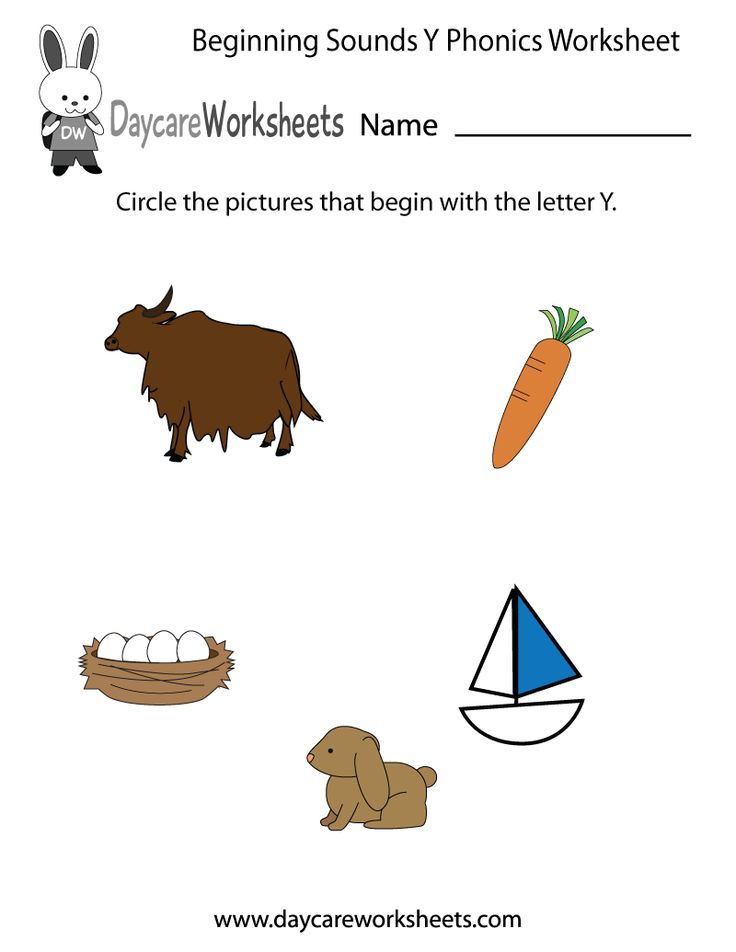
- Use sensory bins that engage multiple senses.
- Incorporate different themes or topics that interest your preschooler to keep them excited.
- Use fun, multi-sensory activities like erasing letters on a dry erase board or using stickers to fill in a letter.
- Make sure to incorporate LOTS of hands-on play and movement.
Now here’s where you can see Step 1 and Step 2 paying off.
If you played with sounds in Step 1, your little one will be more comfortable blending sounds together.
If you introduced the letters in a specific order in Step 2, you can make LOTS of words without having to go through the entire alphabet.
- Just from the first 6 letters (SATIPN), you can make words like:
- sat, sit, pin, nip, nat, tan, tap, pan, tip, nap, and MORE!
Learning to read is complex and takes many years of instruction. English is a complicated code, and we want to give our little ones the tools to break that code so they are confident, successful readers.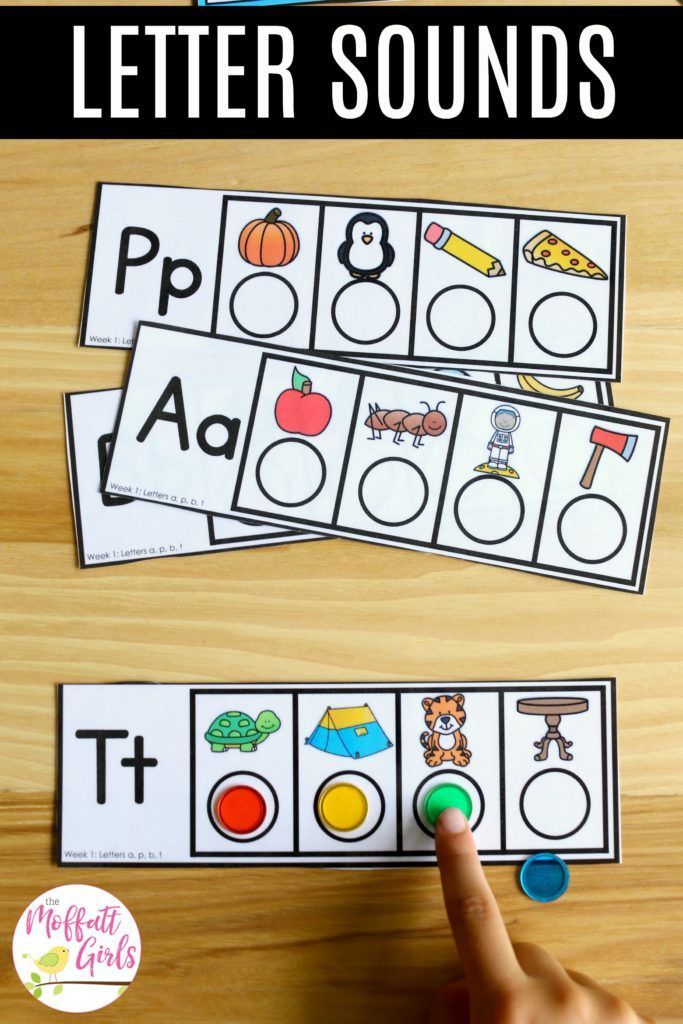
Now that you know how to teach phonics to preschoolers, you can start laying the foundation NOW. By following these 3 steps, you’re sure to watch your preschoolers bloom into strong readers in the future.
Related Post: Free Flower Letter Tracing Printables
AUTHOR BIO:Erin from Littles Love Learning
Erin is a wife, mom, and preschool teacher with a master’s degree in Early Childhood Education & an endorsement in Reading. She is the founder of Littles Love Learning, where she shares hands-on learning activities that are based on early learning standards and rooted in PLAY! Her passion is equipping preschool parents & teachers with the tools to teach foundational skills so their little ones have success in kindergarten and beyond. Connect with Erin on social media:
- Instagram: @littleslovelearningblog
- Facebook: Littles Love Learning Blog
- Pinterest: Littles Love Learning Blog
Related posts:
How to teach phonetics in kindergarten?
[e-mail protected]
When a child begins his/her learning activities, i. e. (usually starts at school), a lot of changes await him. From making new friends to developing self-confidence, the ability to perform well and connect with people around him, he has been learning from the very first day of his educational career. He certainly learns a lot of things from the game, but it takes a systematic approach to understand things.
e. (usually starts at school), a lot of changes await him. From making new friends to developing self-confidence, the ability to perform well and connect with people around him, he has been learning from the very first day of his educational career. He certainly learns a lot of things from the game, but it takes a systematic approach to understand things.
Then comes your role as a mentor, teacher and supporter to help your child perform at their best at every stage of their life. Things may have changed since you were at his house, and the ideas, as well as the way of thinking, may require new strategies. Once you learn about phonetics, the next question is how to teach phonetics in kindergarten?
The Importance of Phonetics:
Phonetics involves learning the sounds of letters to help you read and understand words. You must know how to teach children to read using phonetics to better understand words. Preschool children usually develop an understanding of the sounds made by different alphabets.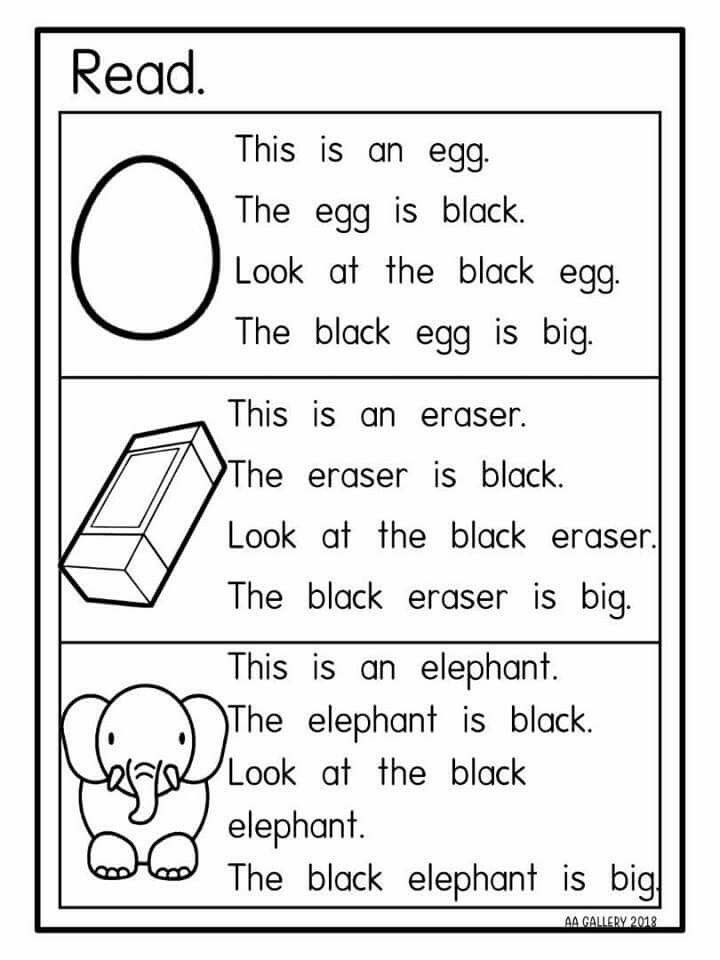 Their ability to listen is much stronger than reading or writing. After that, when they enter elementary school, they are forced to systematically learn the letters of the alphabet along with words such as cat and the sounds sh, ss, and es. Once they learn to read words, they will have an understanding of the pronunciation of various words that combine alphabets.
Their ability to listen is much stronger than reading or writing. After that, when they enter elementary school, they are forced to systematically learn the letters of the alphabet along with words such as cat and the sounds sh, ss, and es. Once they learn to read words, they will have an understanding of the pronunciation of various words that combine alphabets.
What will children learn and how can we help them?
Here are a few ways to help your child improve their phonetic learning, as well as tips on how to teach children to read with phonetics.
1) Keep it fun:
Don't forget that the purpose of teaching phonetics in kindergarten is to get your child to learn through sounds, to catch his interest and keep him busy in his free time. Keeping young students interested should be fun, not a chore like the curriculum you follow in school. He will learn best if it is related to his interest. Don't keep him too long, 10-20 minutes a day is enough to turn on the kindergarten phonics study and make sure he isn't tired and can focus. Even if at the end you realize that he has become a good student, do not stop his reading process.
Even if at the end you realize that he has become a good student, do not stop his reading process.
This app is filled with colorful Christmas activities for preschoolers and kindergarteners to bring out the hidden artist in them. This will allow children to choose the colors of their choice and enjoy a fun coloring experience.
Click here!
2) Build a solid foundation:
When teaching phonetics in kindergarten, you need to make sure that you first focus on the sounds and not on the graphics or letter names. Sound recognition helps turn on and make it so they can turn on reading.
3) Incorporating phonetics into early childhood education:
The most important thing to remember is that the child's interest activates his mind and encourages him to learn something more often and faster. Know what your child is interested in and, for example, if he is fond of vehicles, see how many different sounds he can pick up and distinguish. Check and see if he can copy it, sing songs with them.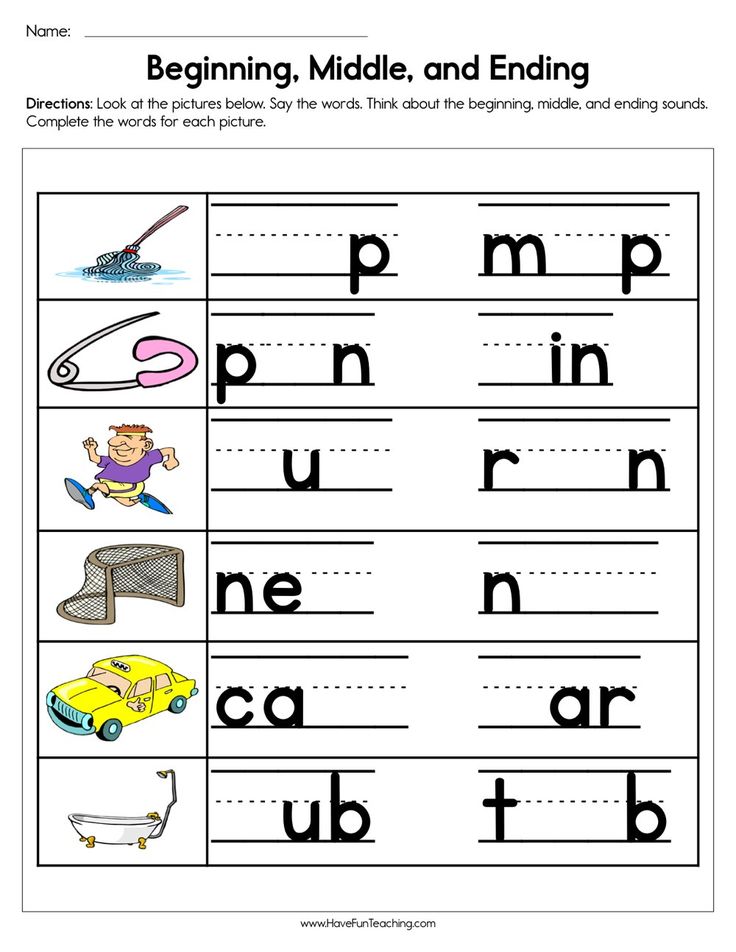 Say the rhythms and let them copy you.
Say the rhythms and let them copy you.
4) Peace Building Rocks:
The Word Building Rock helps children learn and learn how words make sounds. You can also try making flashcards with different alphabets and have the children make up different words by putting them together. This will give them a broader and better understanding of the sounds that different letters make and how to form words from them. You need to know the tricks to get the attention of little students, starting with how to teach phonetics in kindergarten.
5) Keep practicing:
A little practice can lead to great improvement in anything. Discuss daily or casual talk about it. Even if you are not in a learning environment with notes or books around you. You can talk about it verbally and still learn. While cooking, driving or playing, you can tell them about the sounds that different letters make. Go for quick tasks or short actions.
6) Read and write together:
Reading improves your learning and your ability to recognize the words and alphabets that make them up.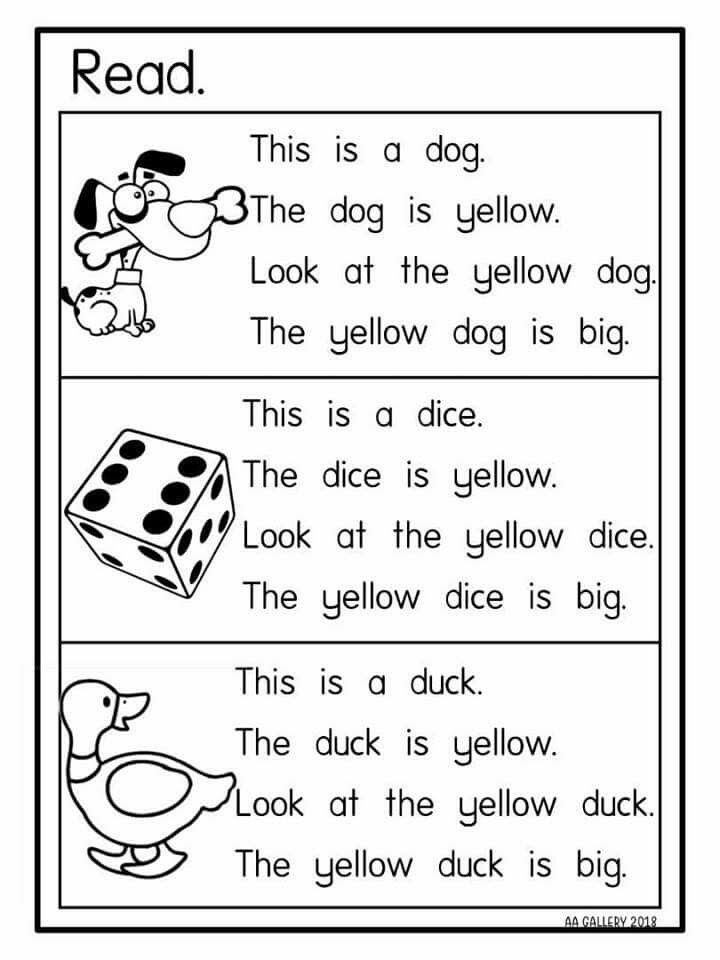 This should become a habit to improve word comprehension and start learning phonetics in kindergarten. The more you practice, the more it gets better, and this is the basic principle of teaching children to read using phonetics. Spelling letters provide and help to learn the sounds of each and remember them.
This should become a habit to improve word comprehension and start learning phonetics in kindergarten. The more you practice, the more it gets better, and this is the basic principle of teaching children to read using phonetics. Spelling letters provide and help to learn the sounds of each and remember them.
Shape Sorter
Learn the shape with the Shape Sorter by The Learning Apps. This game for kids will help…
Read more
Math addition
The Learning Apps Maths add-on redefines how kids learn and understand math. Your child…
Read more
dino counting
Dino counting games for kids is a fun app for kids. Learning numbers for kids will help...
Read More
7) Step by Step:
It takes time to help children learn the associations between letters and their sound, and a step-by-step approach is what helps.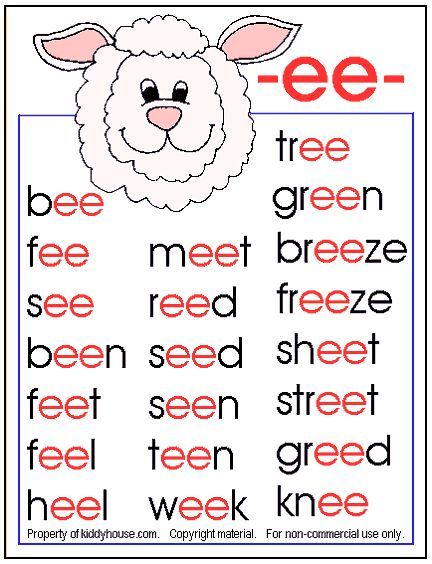 It needs to be broken down into steps to make the learning process more practical and useful. First you need to teach oral manipulations, and then move on to reading and writing.
It needs to be broken down into steps to make the learning process more practical and useful. First you need to teach oral manipulations, and then move on to reading and writing.
8) Phonics Fun with Primary Class:
Continue to participate in games and activities by teaching phonics in kindergarten that generates interest. Encourage them to read books they enjoy, and even if they bring books from their school, encourage them to read aloud. Help them pronounce any word they struggle with, but not always. You can stop in the middle of reading and ask him to pronounce the sound with which the next one begins.
9) Word hunting:
Play a search for a word you know he knows or you made him learn. You can do this while reading a book to him. Have him search for a word, such as "Can you find words that start with the letter S" or "Find a word, baby." Encourage him to look up and learn words around him, such as posters, street signs, or shop signs, and praise him if he does so to cheer him up.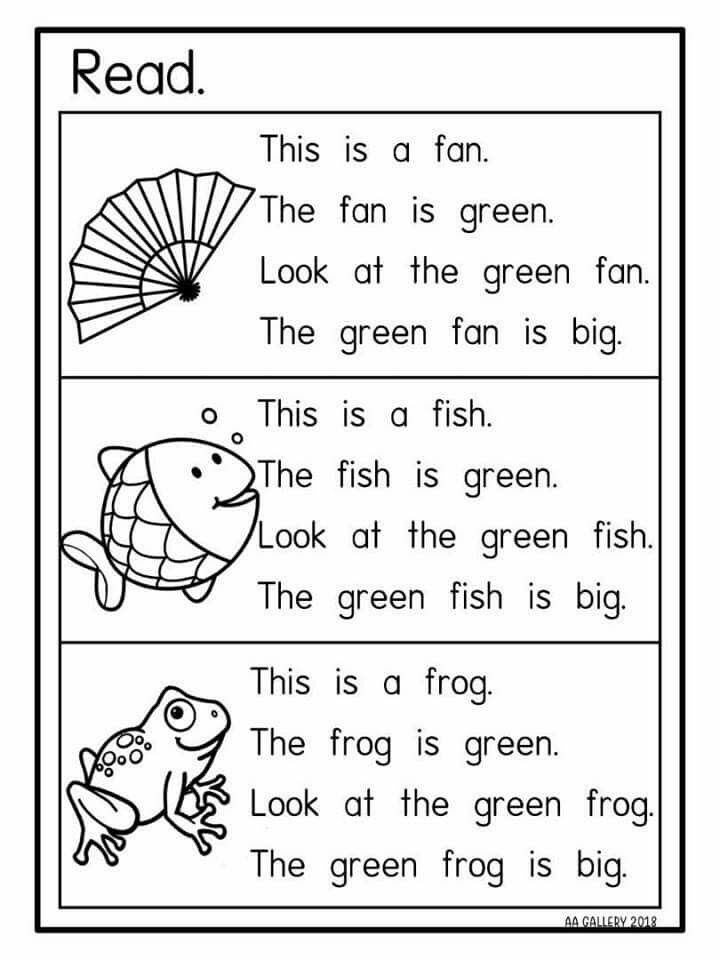 If they stumble even a word, do not rush forward to help them, but let them try to the end, and let them try without anyone's help.
If they stumble even a word, do not rush forward to help them, but let them try to the end, and let them try without anyone's help.
10) Sound activity:
Children tend to learn more when entertainment includes any learning activity. Teaching them sounds and letters is not a one-time task, and you can always get bored of learning the same thing over and over again. You can engage in fun phonic activities such as "flash cards", "letter sound race" or "slap letter" to keep your child's interest.
It's never enough how much you emphasize why writing and language learning are important. When teaching phonetics to a child in kindergarten, remember that you are working on creating his foundation, which he will carry for the rest of his life. The sound activity is tested, which proves excellent results. This article tells you which methods you should adapt to teach children to read using phonetics.
Share
Top
.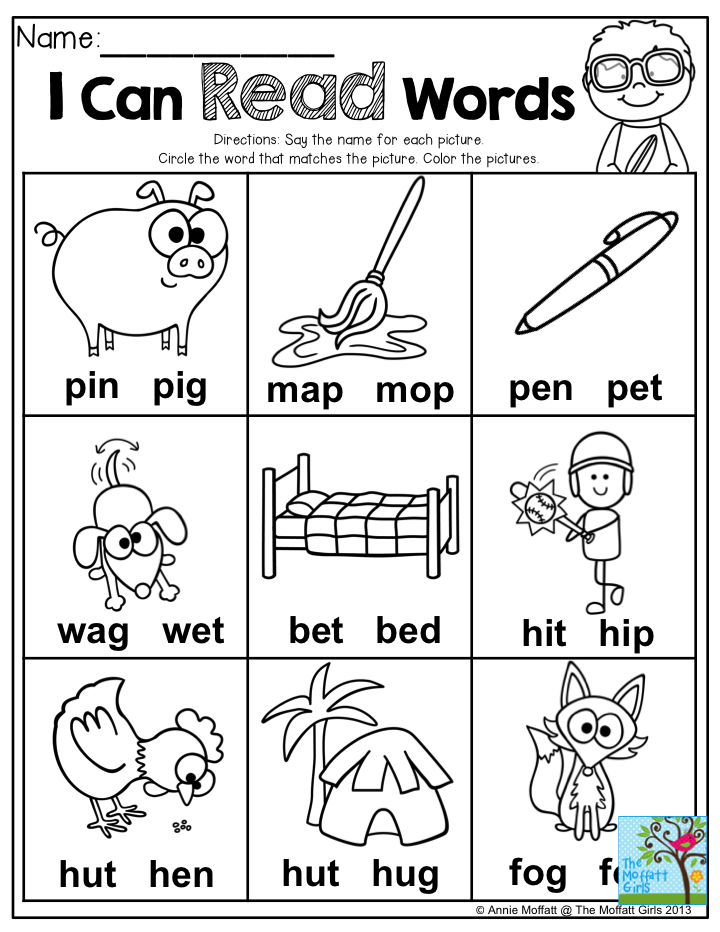
Learning English phonetics with children
How to teach children to read in English
So we taught our child to speak simple English with the help of fun lessons (games, cards, videos, cartoons, songs). He is already 6-7 years old, he can read and write in Russian and knows Russian letters well. At the very time to start learning to read in English and mastering the first rules. Of course, the abilities of children are different: for some, the optimal age for learning may be 8 years old, and for some, even 5. Parents themselves should identify the abilities of their children and in no case try to forcibly sculpt geeks out of them just because the neighboring the child is already a polyglot at the age of three.
Basic rules for reading for children
Teaching children to read in English should begin in two stages.
First: we learn the English alphabet, and it is possible not in alphabetical order, but starting with the letters used in words that the child has already learned and learned to pronounce well.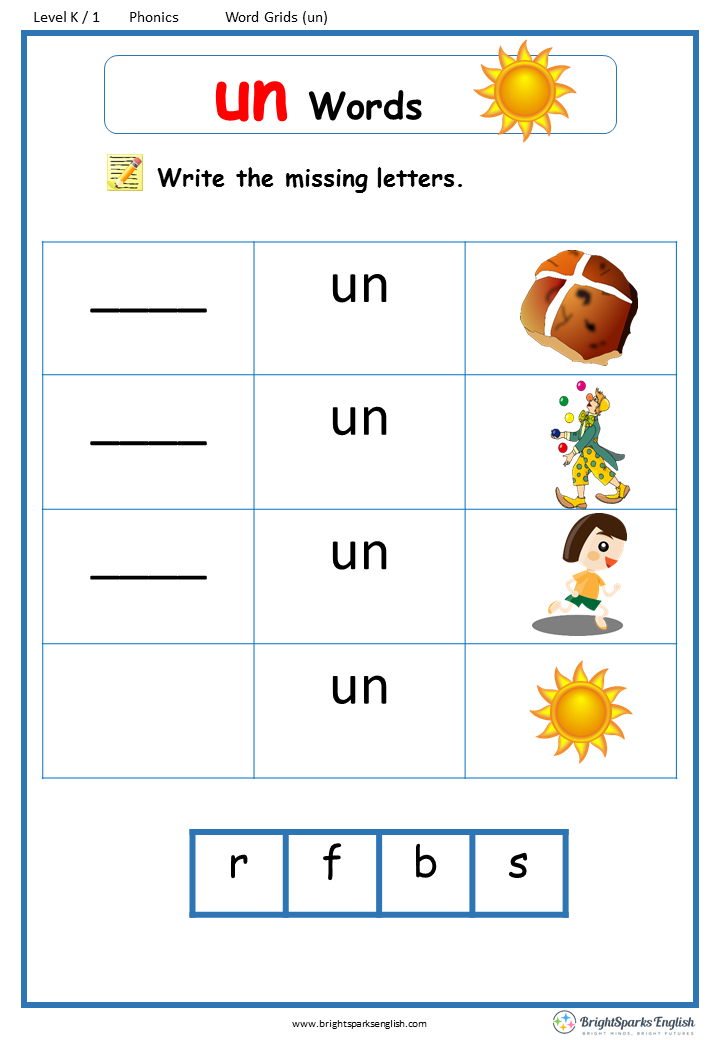 For example, words:
For example, words:
- table, dog, cat, apple, water, tiger, lion, car, house, etc.
It is very important to start learning with understandable and familiar words: knowing the pronunciation and seeing the word itself, the brain learns to draw analogies, and the child's brain works intuitively and twice as fast as an adult.
How to teach the English alphabet
It is easier to learn the alphabet using a card that additionally contains a transcription of the sound of each letter.
How to memorize the alphabet:
- Learn a few letters a day and use them in words
- Note that the phonetic sound of a letter in the alphabet and a word can be completely different
- Reinforce learned letters with fun lessons:
kids can learn with this fun pig family.
I think the lesson below will give them pleasure:
Children learning the rules of English phonetics
The second stage begins at the very beginning of learning to read and runs parallel to it all the way.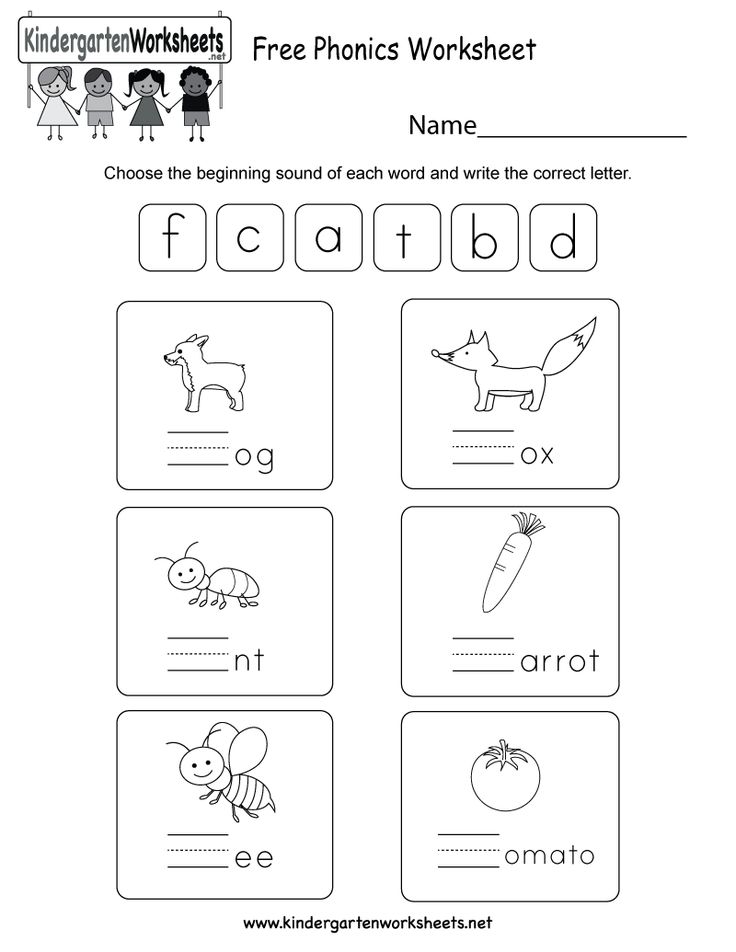 Children learn the following rules:
Children learn the following rules:
- the same letters and letter combinations in words can be pronounced differently
- some letters are written but not readable
- one letter can be read with two sounds, and vice versa: in a letter combination there can be 2-3 letters read with one sound
All this is called phonetics, and in order to learn it, you need to know the rules of transcription and know:
- What are short vowels sounds:
are pronounced briefly, sometimes their sound corresponds to the Russian sound, and sometimes to a special, so-called neutral, intermediate between two adjacent (-o and -a, -a and -e) sound
- What are diphthongs and triphthongs:
they are sounds consisting of two or three elements
- What are voiced and voiceless consonants?
Reinforcing techniques for teaching reading
To explain phonetic rules, it is desirable to have cards with transcription of sounds in these categories.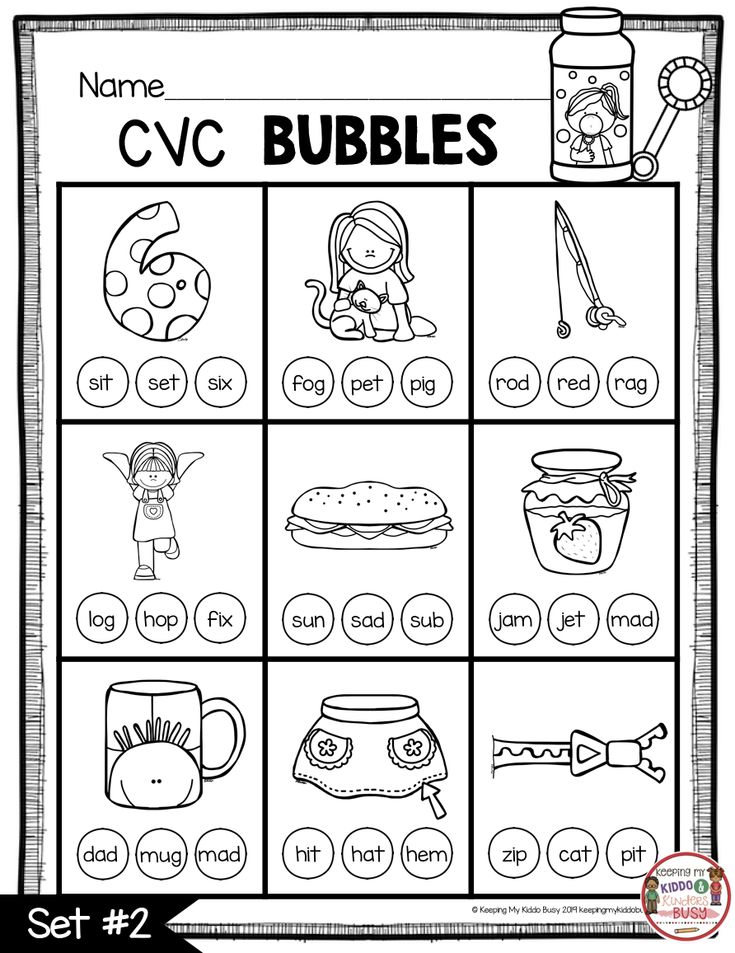
Demonstrating the card, we memorize the rules for pronunciation of each sound, in accordance with Russian sounds. If there is no Russian analogue, then the pronunciation of the sound is written in detail, indicating the location of the language or finding a similar sound
For example, the following rule for pronouncing the sound [θ]:
- When pronouncing the sound [θ], you need to position your tongue as if you are going to pronounce the sound “s”, only place its tip between the teeth.
Or the following rule for pronouncing the sound [ə]:
- The sound [ə] is pronounced as the middle between -o and -a, or unstressed -o and -a in the words "water" and "room".
In the process of learning phonetics, we fix the rules of reading on examples of words.
Such not very interesting lessons can be diversified with visual videos:
I can't help but recall the wonderful technology of color reading, which greatly simplifies children's intuitive memorization of phonetics rules in practice.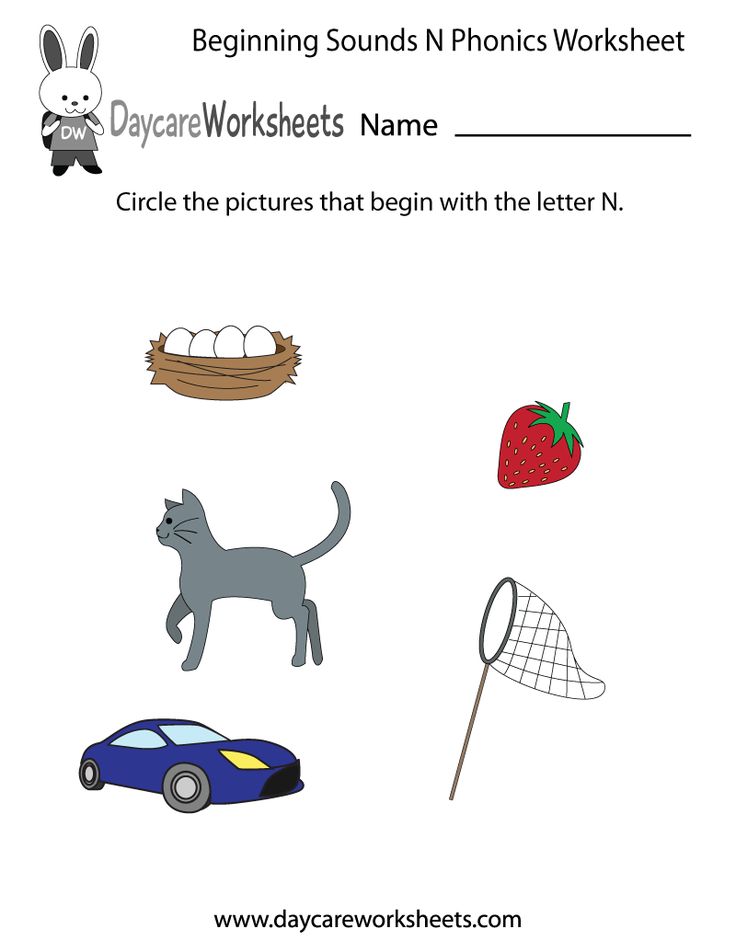
See also a very informative and useful lesson on English reading lessons:
English phonetics for children
According to modern psychological and pedagogical research, every person from birth is endowed with the function of perceiving and reproducing speech. It is this innate speech function, and not mechanical memory at all, that is the fundamental basis in our childhood for mastering native and foreign speech, since it synthesizes the necessary mental features for processing and perceiving the sound stream. But innate abilities, as you know, must invariably be backed up by a well-formed set of honed skills and abilities.
Thus, English phonetics for children involves work on the formation of the child's articulatory apparatus and the development of phonetic hearing, which covers learning sounds that are divided into three small conditional subgroups:
- Sounds almost identical to native ones;
- Similar, but with their own specifics of articulation;
- Sounds that do not have analogues.
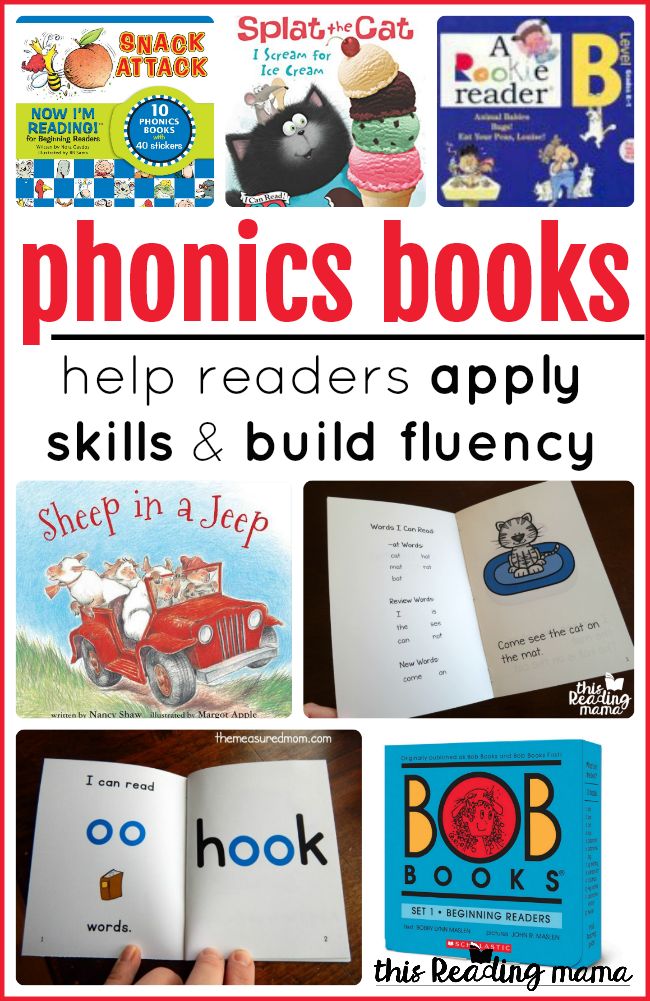
As a result of this division, it is necessary to teach children English phonetics, guided by the following basic provisions:
1. Imitation.
It is well known that children have a very developed sense of imitation, therefore, it is necessary to use this ability. Young children are certainly capable of memorizing a large number of thematically related words or situational emotional expressions. At the same time, the lexical units selected for them should contain the sounds of the first subgroup and be easy to pronounce, not long, but this is only at the initial stage of learning.
2. Features of the speech apparatus.
Children's speech apparatus is characterized by a high degree of plasticity, and, of course, a child, due to personal abilities, is able to more or less clearly pronounce those English sounds and intonation groups that are presented to them. Therefore, it should be remembered that English phonetics for children should not initially be adapted.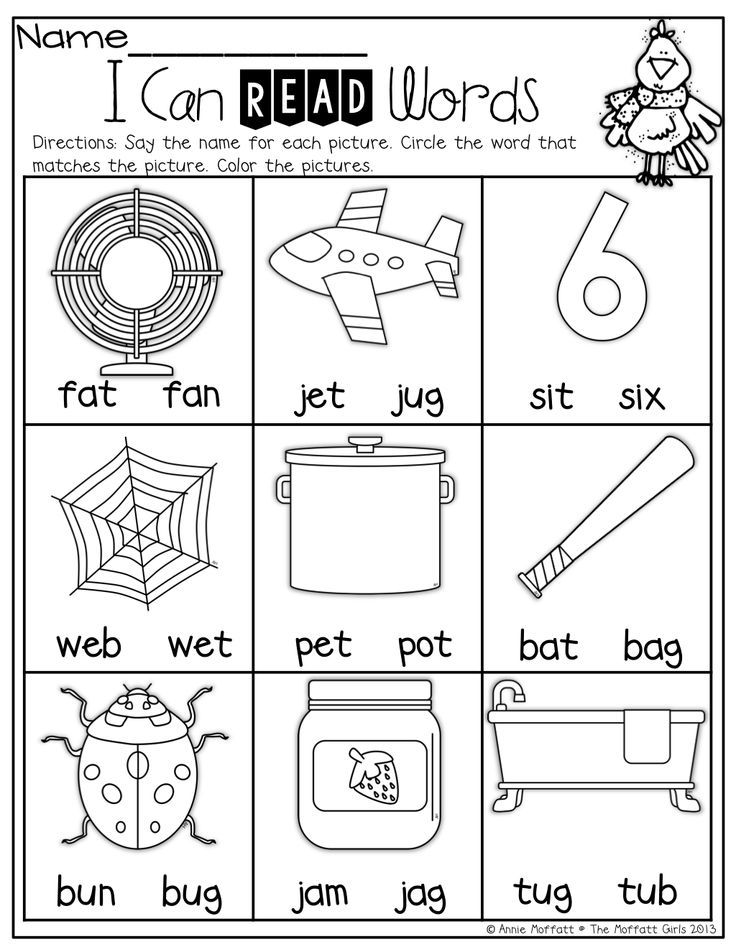 Such simplification can cause a useless habit of pronouncing sounds not quite accurately, and then, at an older age, one may encounter the problem of relearning.
Such simplification can cause a useless habit of pronouncing sounds not quite accurately, and then, at an older age, one may encounter the problem of relearning.
3. Opposition.
In order for an element of comprehension of phonetic material to be present, it is necessary to place accents and explain the main difference between native, that is, familiar to children, and English shades of intonation and sounds. Constantly analyzing and contrasting the intonation and sounds of the second subgroup, they learn not to confuse them in speech.
4. Differences in sound systems.
The child, listening to foreign speech, pays, first of all, the sounds of the third subgroup, unusual for the native language, and their combinations. Therefore, it will not be superfluous to acquaint children with the pronunciation of sounds characteristic only for the English language, highlighting a separate lesson for them.
5. Development of phonemic hearing.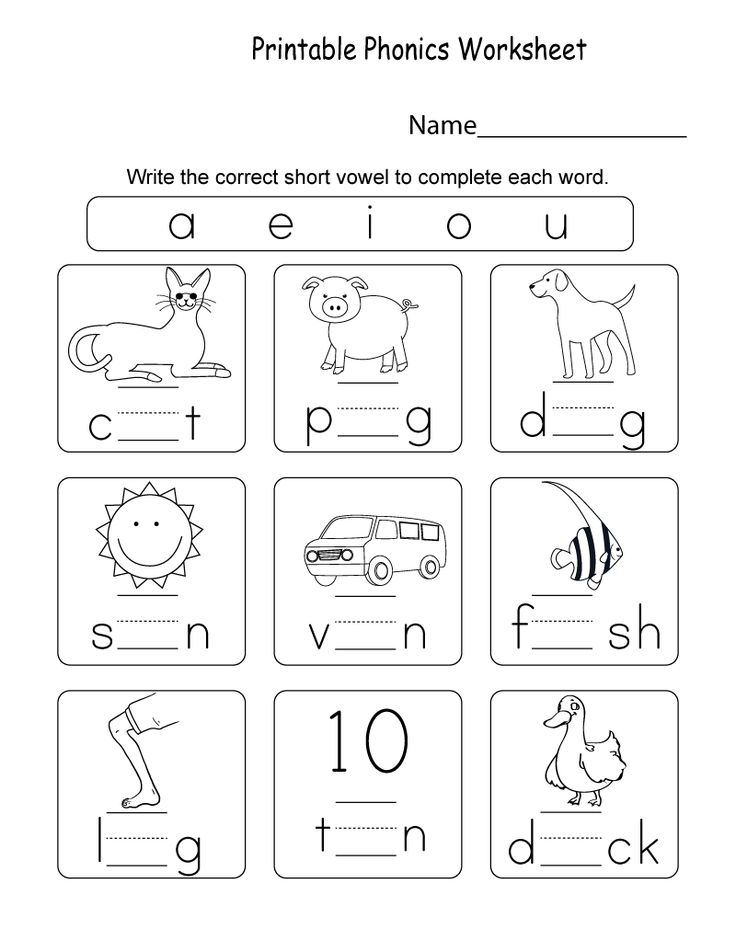
In order for children to master the sound system well, it is recommended to conduct didactic games, the basis of which would be the generalization and comparison of the sounds of three subgroups and their combinations.
6. Formation of skills.
The development of phonetic skills is based mainly on sound imitation during the so-called phonetic exercise, which is necessarily organized in the form of an exciting game or performance.
7. Recommended number of sounds.
It is inappropriate to plan the study of a whole subgroup of sounds at the same time. Two or three sounds assigned to one lesson are enough, which may belong to different subgroups.
Therefore, English phonetics for children, as a separate section, should include purely phonetic moments, as well as individual organizational problems, and correspond to the characteristics of the age. And most importantly, learning should resemble a game and a performance, the participants of which are both children and adults themselves.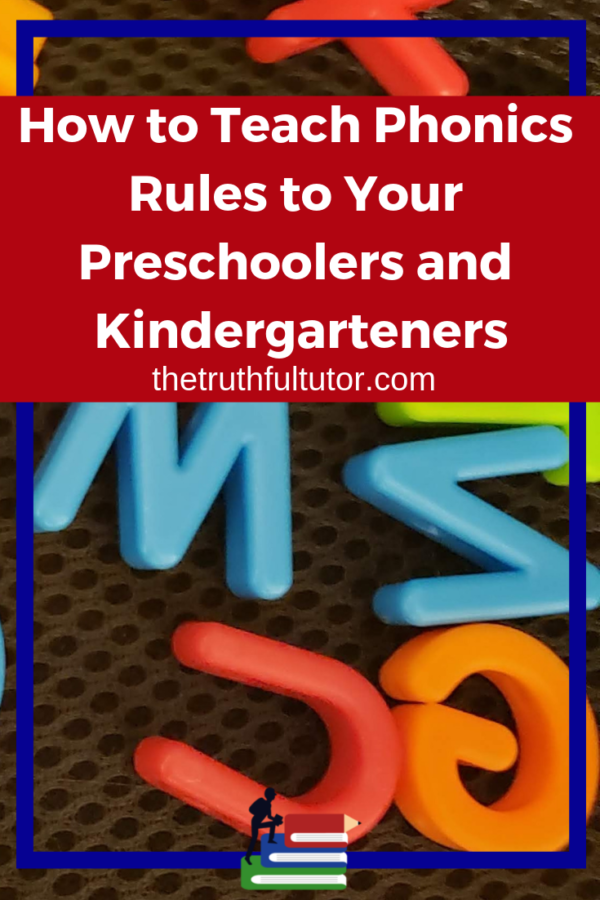
Skype English school blog for kids
Did you know that the English alphabet consists of 26 letters and 46 different sounds? The same letter can convey several sounds at the same time. Just don't panic! We will tell you how easy it is to remember English sounds without boring tables and cramming.
As a rule, in English lessons a child keeps a separate dictionary, in which the pages are divided into three columns: “word”, “transcription”, “translation”. New words are written there, which then need to be learned. And if everything is clear with the columns "word" and "translation", then with "transcription" there are often difficulties.
What is transcription? This is a kind of instruction on how to read a word. Usually it is written in square brackets. For example: [pen]. The characters that are inside square brackets are the sounds of the English language. One character = one sound. Only these characters are not always similar to the letters of the alphabet .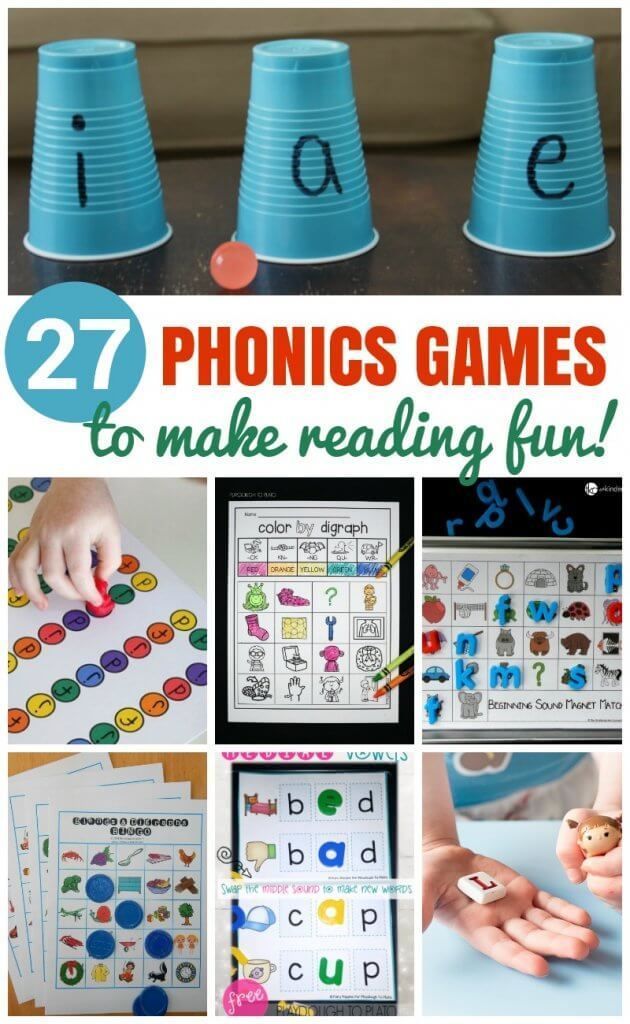 Let's look at the English sounds that are most difficult for a child and how to learn them:
Let's look at the English sounds that are most difficult for a child and how to learn them:
Do you want your child to keep up in English at school?
Selecting associations
It's no secret that complex things are easier to remember using associations. This rule works especially well for children.
ʊ - short [y] - very similar to the badge "horseshoe"
æ - wide [e] - open your mouth wide and say "e". We call this symbol "bug badge" 🐞
ŋ - [n] - a funny sound that is similar to how the Baby Elephant spoke in the cartoon "38 Parrots" 🐘. Need to say "n", but a little "on the nose", like you have a runny nose . Try pinching your nose with your fingers, open your mouth and say "n". Happened?
ð - interdental [z]
θ - interdental [s]
To remember this pair of sounds, you can tell a child a whole fairy tale: “There was a little bunny (our tongue).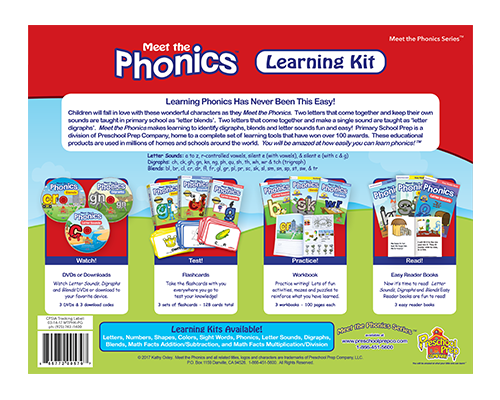 But he was very shy, so he sat in a mink (in his mouth) all the time. But one day he dared to stick the very tip of his nose out of the mink (we put the tip of the tongue between the teeth). At first he said softly [θ], and then loudly [ð].
But he was very shy, so he sat in a mink (in his mouth) all the time. But one day he dared to stick the very tip of his nose out of the mink (we put the tip of the tongue between the teeth). At first he said softly [θ], and then loudly [ð].
s, d, n, t - [s], [d], [n], [t] - remember the Jumble series about English pronunciation? “You need to talk like you have a hot potato in your mouth,” is the best explanation for the baby. When you pronounce these sounds, the tongue touches the hard palate and alveoli , a little further than in Russian.
r - [r] - the English "r" is not like ours. In Russian, the tongue seems to tremble in the mouth. In English, the tongue "rolls" with its tip back towards the soft palate.
w - [y] / [v] - there is no such sound in Russian either. First, we stretch our lips, trying to say “y”, but then the lips should “spring” , as it were, without closing and returning to a smile.
Learn more


